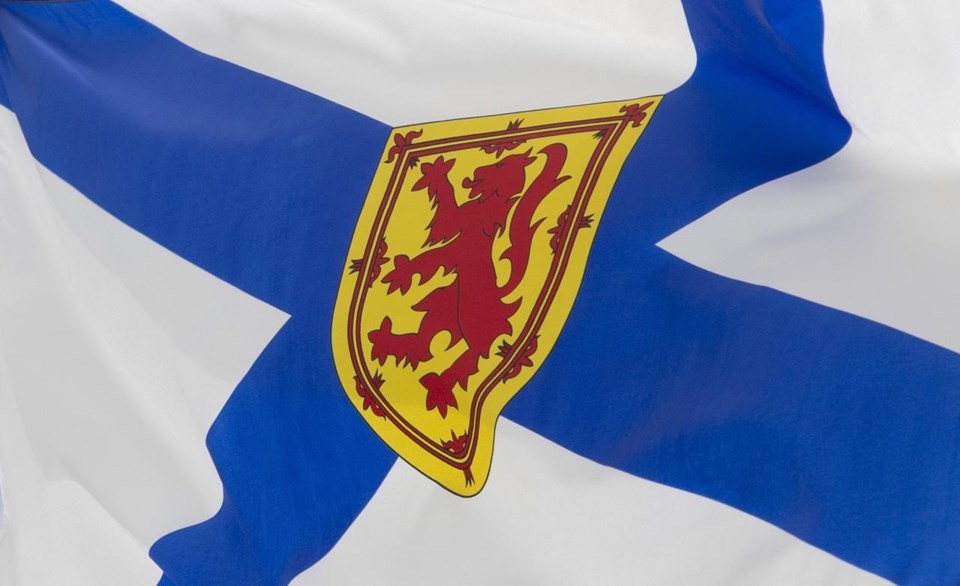HALIFAX — A new report says child poverty in Nova Scotia spiked when governments ended their pandemic-related financial assistance.
The Canadian Centre for Policy Alternatives released a report Wednesday that says Nova Scotia's child poverty rate rose to 20.5 per cent in 2021, which represents about 35,330 children in the province.Â
In 2020, when COVID-19 first hit Canada, Nova Scotia's child poverty rate fell to 18.4 per cent — a significant drop from 24.3 per cent a year earlier. In 2021, Nova Scotia had the fourth-highest child poverty rate in Canada, and the highest rate in Atlantic Canada.
"The big takeaway here is that government transfers really work, and when we remove them, people fall into poverty," Christine Saulnier, the Nova Scotia director of the centre said in an interview.Â
Saulnier said the jump in Nova Scotia’s child poverty rate between 2020 and 2021 represents the biggest single-year increase since at least 1989.
This study, which uses Statistics Canada data to identify children living in low-income families, makes it clear that giving money directly to those families during the pandemic lifted many children out of poverty, Saulnier said.
“We had the highest single-year decrease in poverty in 2020 during the pandemic, during economic shutdown, when we would have anticipated that poverty would have increased," Saulnier said.Â
The centre reported last year that an additional 14,500 Nova Scotian children would have been under the poverty line in 2020 if their families had not received pandemic government benefits, including the Canada Emergency Response Benefit and Canada Recovery Benefit. More than 569,000 Nova Scotians received some form of pandemic financial relief that year.
“Then you remove almost all of those temporary supports, don’t increase income assistance, it’s not surprising (that child poverty goes up)," Saulnier said.
Without substantial government income assistance that keeps up with the rising cost of living, she said the rate of child poverty is expected to continue to rise.
JoAnna LaTulippe-Rochon, executive director at Cape Breton’s Family Place Resource Centre, said she's seeing more families with young children struggle to meet their basic needs.Â
"And we're seeing it with our littlest ones, the infants who are formula-fed, not having access to the formula that best suits them. We see this facing our youngest children," LaTulippe-Rochon said in an interview Wednesday.Â
Some parents say they're skipping meals in order to feed their children due to the rising cost of food, and many report that they can't afford to adequately heat their homes. The report found that Cape Breton’s child poverty rate was 27.6 per cent in 2021, well above the provincial average.Â
LaTulippe-Rochon said people on monthly income support have always had a hard time making it through to the end of the month. “But what I’m really noticing now is the money is hardly reaching into the middle of the month," she said.
Premier Tim Houston this week defended his government’s choice to address poverty using "targeted supports as opposed to blanket supports."
"We know that people are struggling, and we’ll look for ways to help through the budget that will be coming shortly," the premier said Tuesday in response to reporters' questions about a recent United Way Halifax report that said Nova Scotia has the highest rate of poverty in the country.
When asked if the province intends to increase income assistance rates, a Department of Community Services spokesperson said they cannot comment on the budget process that’s underway.
"We have taken action and made a number of investments to target the underlying issues that lead to child poverty," Christina Deveau said in an email Wednesday, noting that the government has increased payments under the Nova Scotia child benefit, reduced child-care fees, and expanded youth outreach services.
This report by The Canadian Press was first published Jan. 31, 2024.
Lyndsay Armstrong, The Canadian Press



